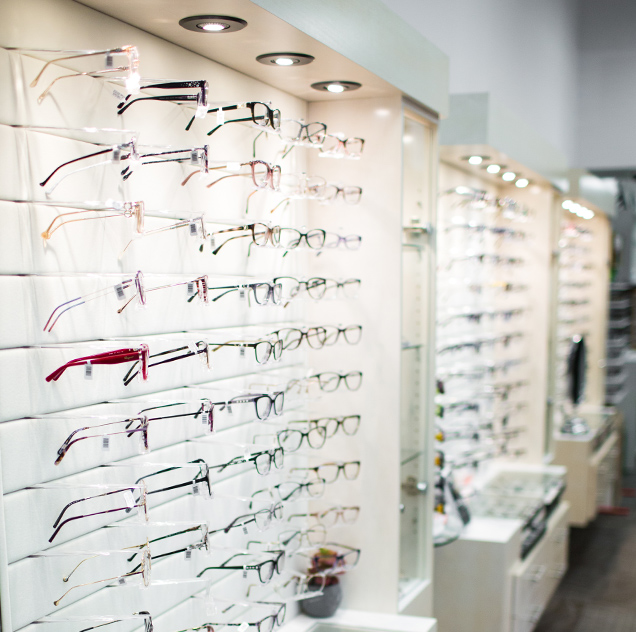Protect Your Eyes
Cataracts are one of the leading causes of blindness worldwide. Typically seen in people over 40, cataracts often develop slowly over time and can affect 1 or both eyes.
Cataracts can cause your vision to become hazy or cloudy. This can affect your ability to drive, read, and recognize faces.
In Canada, cataracts cause blindness in more than 3.5 million people. In America, approximately half of all people over 65 will have cataracts by the time they are 80.
Some of the most common types of cataracts are:
- Subcapsular: these cataracts occur at the back of the lens and are common in people with diabetes. They are also likely to appear in people taking high and prolonged doses of steroid medications.
- Nuclear: these cataracts form in the central zone (or nucleus) of the lens. Nuclear cataracts are the type most commonly associated with aging.
- Cortical: these cataracts occur in the lens cortex, which surrounds the central nucleus. Cortical cataracts appear as white, wedge-like films that start around the lens and eventually cover it completely.


















